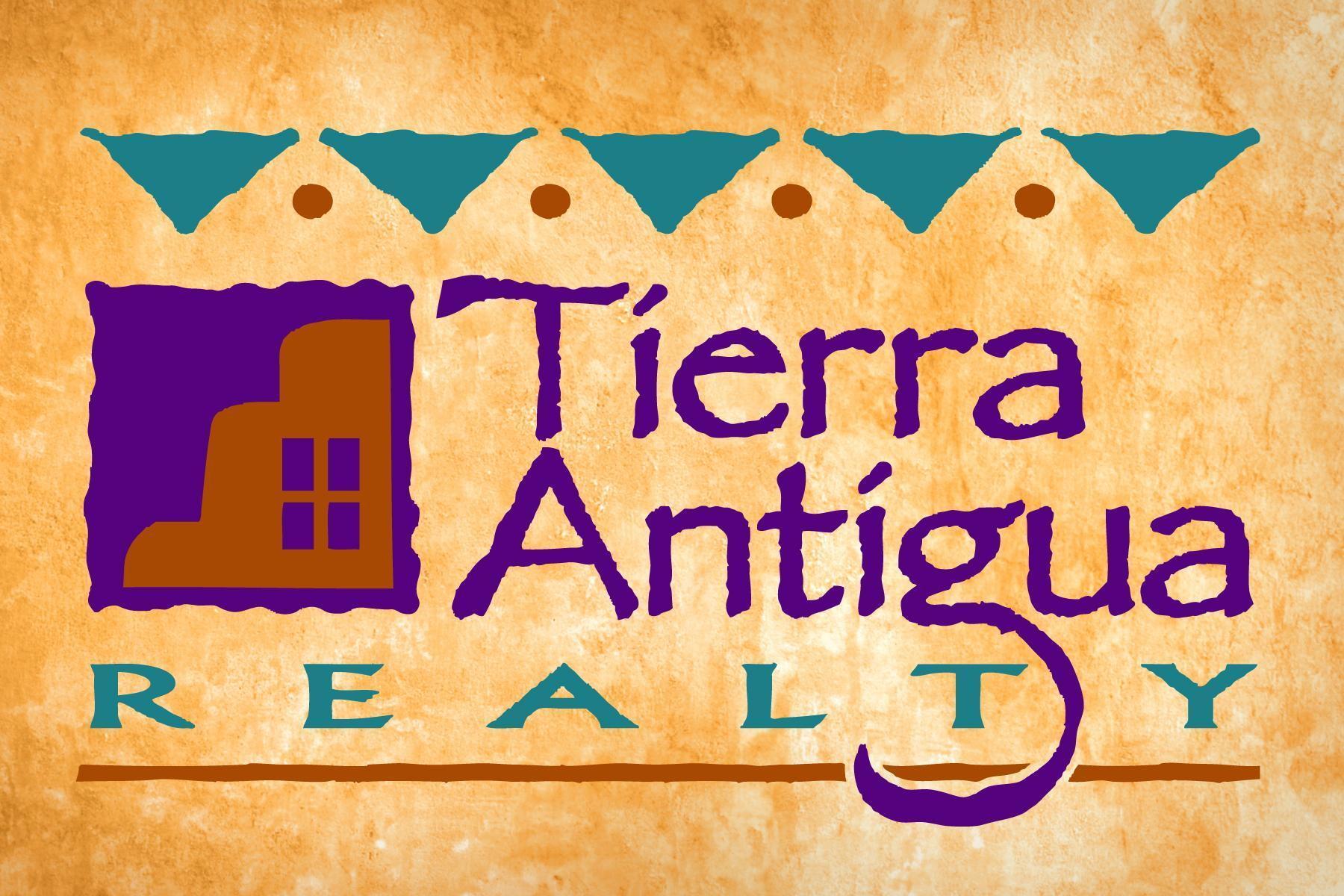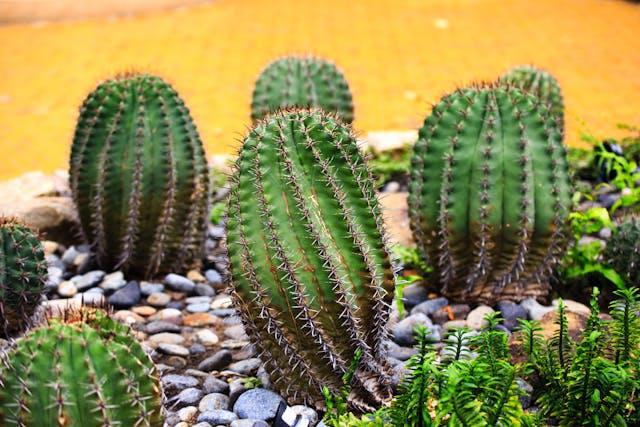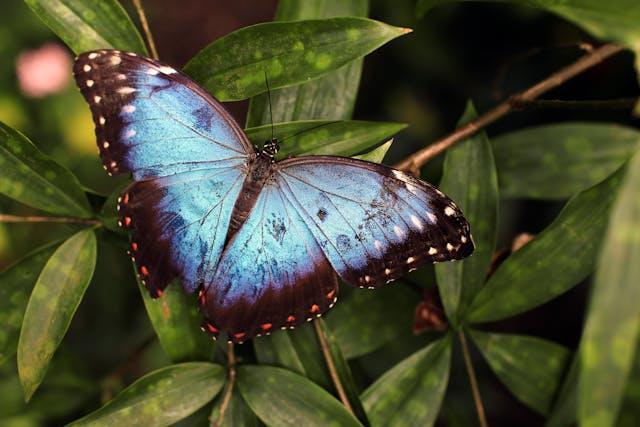Creating a Desert-Friendly Garden: Tips for New Homeowners in Arizona
For new homeowners in Arizona, cultivating a garden in the desert presents unique conditions that differ extensively from traditional gardening regions. The arid climate, intense sunlight, and minimal rainfall demand a distinct approach to landscaping that prioritizes water conservation and resilience.
However, creating a sustainable, desert-friendly garden brings remarkable benefits. Not only does it transform outdoor spaces into drought-resistant landscapes, but it also offers an eco-conscious solution to landscaping in a water-scarce region.
Designing a garden that aligns with the natural environment helps conserve water while providing a space that requires less upkeep. By incorporating native plants and water-smart landscaping techniques, you can enjoy a garden that, besides thriving in the desert climate, also supports local ecosystems. Embracing Arizona’s natural beauty through thoughtful garden design creates a sustainable, visually appealing outdoor space that harmonizes with the desert landscape.
Choosing the Right Native Plants for a Low-Maintenance Garden
One effective way to create a low-maintenance garden that can withstand the state’s intense climate is by selecting native Arizona plants. These plants have naturally adapted to Arizona’s high temperatures, minimal rainfall, and dry soil conditions, making them more resilient and less demanding than non-native species.
Here are a few hardy native plants that suit a desert-friendly garden:
- Cacti – Resilient and diverse, cacti like saguaro and prickly pear are ideal for their unique forms and low water needs.
- Agave – Known for its striking appearance, agave is drought-resistant and requires little upkeep.
- Desert Marigold – This bright, cheerful wildflower easily handles the dry, hot climate.
- Desert Willow – This tree produces beautiful blooms and requires minimal water to thrive.
Using these native plants reduces maintenance tasks, lowers water costs, and promotes a natural ecosystem in your outdoor space.
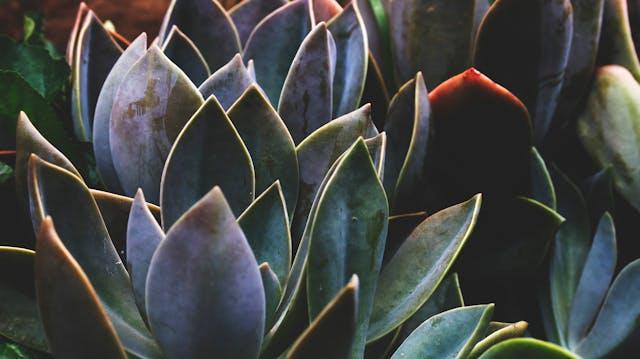
Not many plants thrive in desert conditions, but the ones that do are beautiful and are a great choice to incorporate in a garden for new homeowners in Arizona
Enhancing Your Garden’s Aesthetic with Desert-Friendly Landscaping Elements
Adding desert-friendly elements to your garden can boost its appearance and make it more sustainable. Decorative stones, gravel, and succulents will create texture and depth without increasing water usage. You can strategically place rocks and gravel to form natural pathways or borders, giving the garden structure and visual interest. They keep the soil cool and retain moisture, which benefits surrounding plants by reducing water evaporation.
Succulents are another practical addition, with varieties like aloe and jade plants that need minimal water to thrive. These hardy plants come in diverse shapes and colors, providing natural beauty that complements the desert landscape. These low-water elements will help you maintain an attractive garden that doesn’t strain local water resources. They offer a layered look that aligns with Arizona’s climate while keeping maintenance low.
Efficient Watering Techniques for New Homeowners in Arizona
In Arizona’s dry climate, traditional watering methods can waste water and may not provide the moisture plants need to thrive. Regular sprinklers lose water through evaporation, especially in high temperatures, which makes them less suitable for desert-friendly gardens. Drip irrigation, on the other hand, delivers water directly to the base of plants, targeting roots where it’s most needed. This method minimizes evaporation, making it a highly efficient solution for Arizona gardens.
Here are some tips for maintaining an effective drip irrigation setup:
- Schedule watering times early to reduce water loss from midday heat.
- Regularly check for clogs in drip emitters to ensure consistent water flow.
- Adjust the irrigation settings seasonally based on weather and plant needs.
- Inspect hoses for leaks to prevent unnecessary water loss.
- Position emitters strategically around each plant’s root zone to maximize moisture distribution.
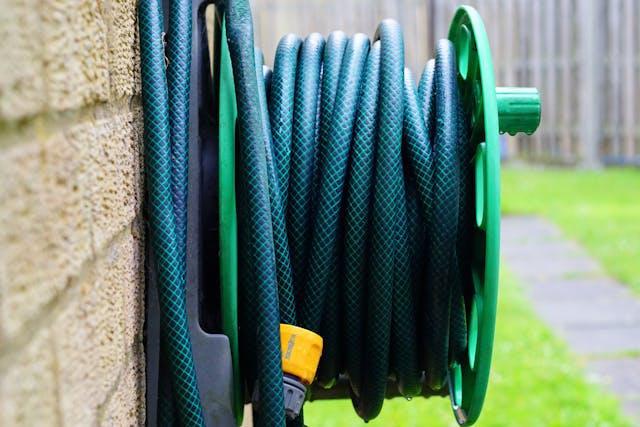
Regularly check your hose to see if there are any clogs or cracks and prevent unnecessary spilling of water
Using Mulch to Preserve Soil Moisture and Control Temperature
Mulch is an effective tool for preserving soil moisture and controlling temperature in Arizona’s hot, dry climate. It helps regulate temperature, providing roots with a cooler environment during intense heat. This protective layer conserves soil moisture by reducing evaporation, which is especially beneficial in Arizona’s dry climate. Organic mulch, like wood chips or shredded bark, gradually breaks down, enriching the soil with nutrients that support plant health.
Furthermore, mulch can add an aesthetic appeal to the garden, creating a polished, cohesive look. In addition to gravel and decomposed granite, other effective mulch alternatives include pine needles, straw, and crushed shells. Each option offers unique soil protection and moisture retention benefits, making them suitable for various landscaping styles.
For new homeowners in Arizona, using mulch is a simple, effective step toward creating a desert-friendly, drought-resistant garden that thrives.
Benefits of Solar Power in Gardening and Irrigation Systems
Integrating solar power into gardening can greatly enhance water conservation and efficiency. Using solar-powered irrigation systems, homeowners can automate watering schedules based on environmental conditions, ensuring plants receive the necessary moisture without waste.
This automation reduces energy costs and unnecessary water usage, making it a practical solution for Arizona’s arid climate. Notably, solar power can save water by preventing overwatering and adapting to real-time weather, helping desert gardens thrive sustainably.
Solar-powered Garden lights are another benefit, providing ambiance without increasing electricity bills. These lights absorb sunlight during the day and illuminate pathways and garden features at night, adding safety and visual appeal to outdoor spaces. By relying on renewable energy, homeowners can reduce reliance on traditional power sources and support eco-friendly gardening practices.
Solar power perfectly aligns with water-saving and energy-efficient goals, offering an environmentally sound choice that will reduce costs and resources in the long run.
Creating Shade with Natural and Artificial Solutions
Shading is an effective strategy to reduce water loss and protect plants from Arizona’s intense sun. Shade keeps soil temperatures lower, which reduces evaporation and helps plants retain moisture. This cooling effect is especially beneficial for younger or more delicate plants that might struggle in direct sunlight.
There are several ways to create shade in a garden. Shade cloths are a simple solution, providing adjustable coverage that you can move as needed. Pergolas offer a permanent structure for shaded spaces, making them ideal for larger areas and adding an attractive focal point to the garden. For a natural option, consider planting native trees like mesquite or palo verde, which thrive in Arizona’s climate and provide dappled shade that filters sunlight.
Strategically created shaded spots help gardens flourish in Arizona’s challenging environment, promoting growth and sustainability in a desert-friendly landscape.
Integrating Pollinator-Friendly Plants to Support Local Wildlife
Pollinators like bees, butterflies, and hummingbirds play a significant role in maintaining a healthy garden ecosystem. These insects and birds are essential for the reproduction of many plants, helping to transfer pollen and enable flowering plants to produce seeds.
Choose low-water plants suited to Arizona’s climate to encourage pollinators in a desert-friendly garden. Desert milkweed, for example, is a favorite among bees and butterflies, offering a reliable nectar source. Another excellent choice is penstemon, which attracts hummingbirds with its vibrant tubular flowers and requires minimal watering.
Pollinators contribute to a balanced desert ecosystem by aiding plant reproduction and keeping local wildlife populations healthy. Including pollinator-friendly plants helps establish a
sustainable garden environment that benefits both the plants and the beneficial insects and birds that visit them.
Conclusion
A well-planned desert garden offers significant benefits, combining water conservation with low-maintenance beauty. Using native plants, efficient watering techniques, and pollinator-friendly choices, new homeowners in Arizona can create a landscape that thrives in the arid climate. These sustainable practices not only protect resources but also enhance local ecosystems. Embracing eco-friendly gardening is a rewarding way to contribute to Arizona’s natural environment.
Start building your desert-friendly garden today, and enjoy a sustainable, resilient outdoor space that’s both practical and beautiful. Take pride in a garden that makes a difference for the future.
The Above Article is a Guest Post
Final Thoughts
Tucson is the second largest city in Arizona and resides in the Sonoran Desert at an elevation of roughly 2,600 feet above sea level. Surrounded by 5 Mountain ranges, Tucson offers residents a dramatic landscape of desert landscapes and scenic mountain backdrops. The area also encourages water conservation without strict water restriction rules. The vast majority of homeowners embrace Xeriscape for landscaping.
Thank you for visiting www.premiertucsonhomes.com! It’s one of the top real estate websites in Tucson.
Our website provides information on communities and neighborhoods in the greater Tucson area and easy to use tools to find your home in Tucson, AZ.
Want to know more? Give us a call – 520-940-4541.
Our goal is to provide insight, advice and the highest level of professional services to you. We want you to be proud to recommend us to your family, friends and acquaintances.
We are a top Realtor team in Tucson, AZ since 2002. Take a few minutes to read our profiles and client testimonials.
Are we the Tucson Realtors you have been looking for?
Sign UP to receive daily HOME TRACKER UPDATES - OR - Our Monthly NEWSLETTER. And get regular updates on the Real Estate Market and events in Tucson, AZ.
Questions about the Tucson Real Estate Market or Tucson Homes for Sale? Call Us - 520 940 4541 OR complete the - CONTACT FORM - and we will get right back to you!
